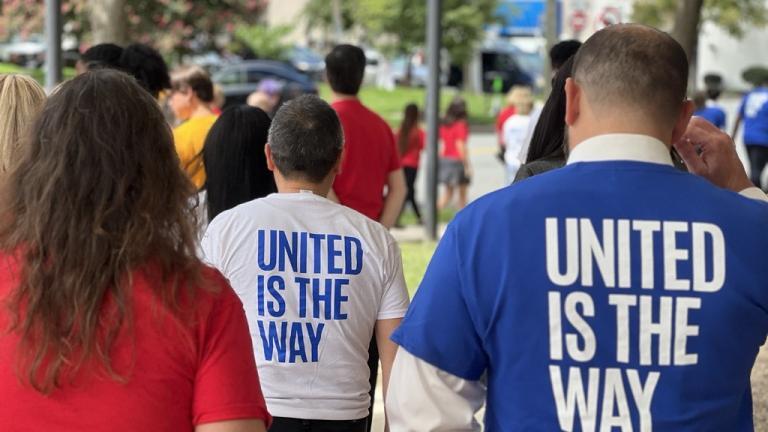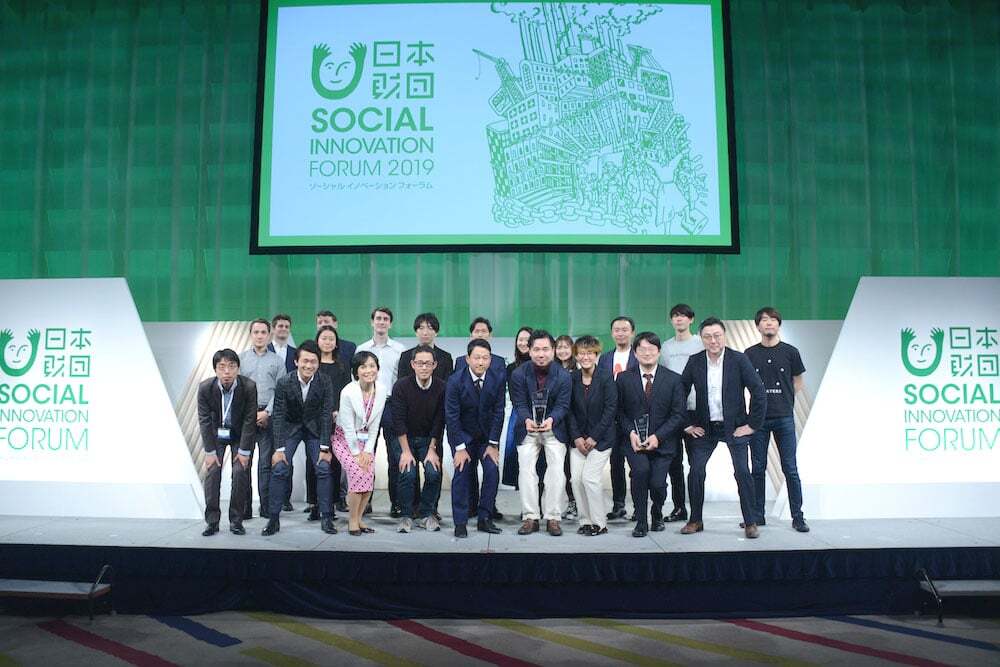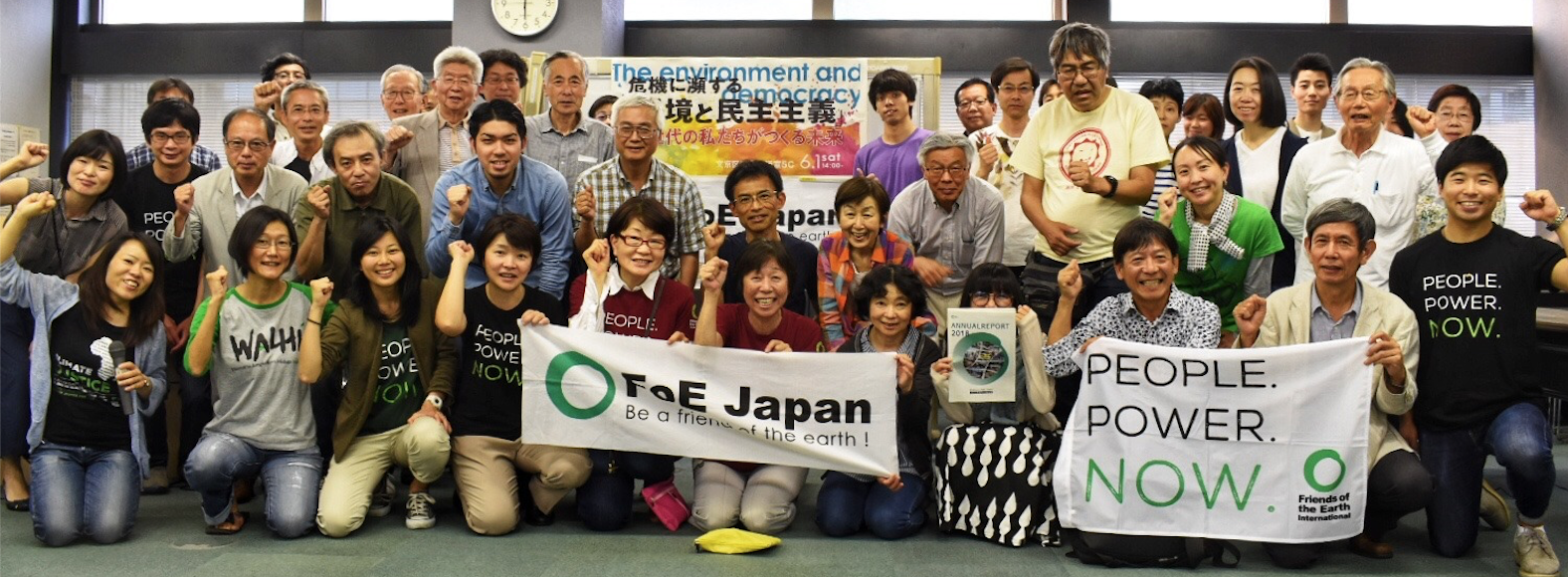When Makoto Oshima stepped into leadership at the Japan NPO Center—a key support organization for nonprofits across the country—he found the group facing financial pressures. “The financial situation remains difficult,” he reflects, as they go into a year of “a year of reviewing projects and groping for new initiatives.”
Similarly, when board president Tina Tousignant took the helm at Nashville Pride, she was met with a sudden $270,000 funding shortfall after major corporate sponsors—including Nissan—pulled out. Bad weather further reduced attendance, compounding the financial blow and forcing organizers to launch an emergency fundraising campaign to raise $250,000 just to keep the festival—and its community programs—alive. “Pride is about survival, not just celebration,” she said, as the organization faced one of the most challenging years in its history.
Both leaders represent thousands of nonprofit executives caught in an escalating crisis that threatens the very fabric of civil society in Japan and the United States. These aren't isolated struggles—they're symptoms of a sector-wide emergency. Local and regional nonprofits, the organizations closest to the communities they serve, are reaching a breaking point. Economic pressures, shrinking donor bases, and mounting community needs are pushing these essential institutions to the edge. Yet amid the strain, some organizations are rewriting the rules of survival, offering blueprints for a more resilient future.
 Japan's nonprofit landscape tells a story of unrealized potential. With
Japan's nonprofit landscape tells a story of unrealized potential. With  The United States presents a different but equally concerning picture. With over 1.8 million nonprofit organizations, the sector's sheer size masks widespread fragility. More than half report budget shortfalls and growing sustainability concerns. The distribution of resources is revealing:
The United States presents a different but equally concerning picture. With over 1.8 million nonprofit organizations, the sector's sheer size masks widespread fragility. More than half report budget shortfalls and growing sustainability concerns. The distribution of resources is revealing: 




